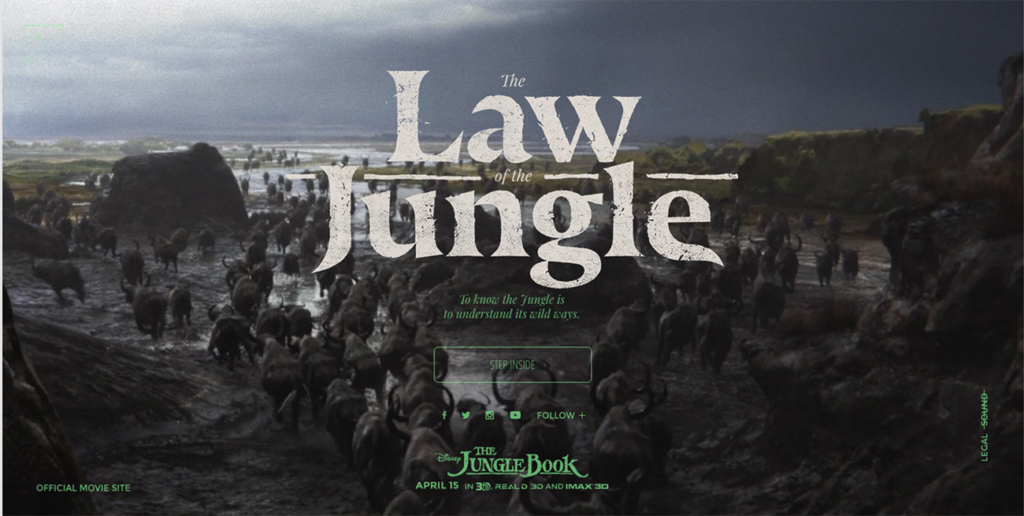
Website design in the New Year promises exciting developments; no doubt, these will build on progress made thus far in this field. The biggest disruptor in website design for the past four or five years has been the shift to mobile.
The New Year is a good time to assess your existing website design and consider upgrading it. Be an early mover and benefit from trends as they are growing, instead of waiting until they mature and your competitors steal a march over you.
Design that places content to the fore will shine. Design elements will continue to evolve such that a visitor’s browsing is as intuitive as possible. This means flatter and minimalist design approaches will make a comeback. And so will gradient color schemes.
Interactions between site owners, designers, and developers will become more involved. These will be driven to a great extent by the need to present the best possible user experience on mobiles and desktops. All stakeholders need to be on the same page from the very beginning, and this will require greater collaboration. Tools to facilitate such collaboration include Team Plan by Webflow and Figma. The days of designers offering mockups and static code to clients are nearly gone. Dynamic visualization tools such as Marvel and UXPin, now make it possible to create and assess website prototypes without the need to write code.
User interfaces and design patterns won’t diverge too much from what has served a business well till now. The best practices in website design that have gotten websites traffic and business may have resulted in websites looking similar, but it has also led to a better user experience. The evolution of UX and UI will lead to a unified user experience across different web property types, such as ecommerce stores, forums, blogs, social media platforms, etc.
Videos will increasingly become more common as the “hero” visual of a homepage. These audiovisuals will be the first piece of content that visitors see on your website. As users become accustomed to viewing video on mobile devices, such videos are an opportunity to give visitors an idea of what to expect. The “hero” section will be followed by scrollable content, another feature of web design influenced by mobile websites.
The arrival of the CSS Grid, expected to debut in March 2019, will give web developers more scope to work with web layouts and create better responsive designs.
Scalable vector graphics will begin to replace image formats such as jpg and png. These graphics possess clarity regardless of screen resolution. This will simplify image creation for different screen sizes and device types. SVGs can be animated and take less time to load as compared to traditional image types.
Finally, app design can be considered an extension of website design, and this too will evolve in 2019. We can expect apps that will work on mobiles and on wearable technologies, for example, watches. The aspect of wearability will influence the look and feel of apps.
